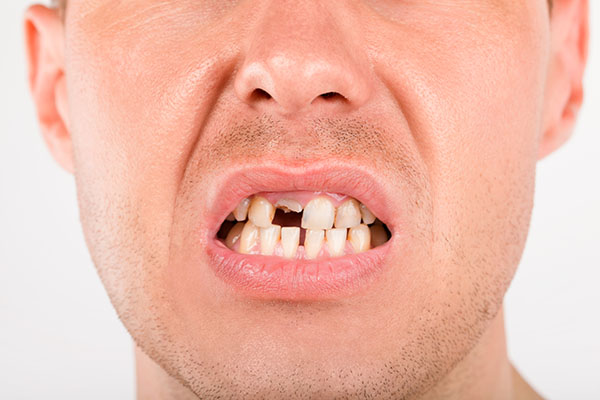What are the Steps involved with a Dental Crown Procedure?

A dental crown is a tooth-shaped cap that dentists use to cover up a tooth to restore and improve its appearance. Dentists also use dental crowns to protect weak teeth from decay, hold dental bridges in place, cover up a dental implant and protect damaged teeth from infection.
What are the steps of a dental crown procedure?
A dentist will recommend using a dental crown to fix problems with a patient’s teeth if they believe that is the best way to fix the problem. Getting a dental implant typically requires two trips to the dentist because the cap that will be put on the tooth has to be made in a laboratory before getting sent back to the dentist. In some cases, the procedure can be done in one visit if the dentist has a CEREC machine, which allows them to make the crown in their office.
What happens during the first visit?
During the first visit, the dentist will take X-rays to check the roots of the tooth that will be receiving the dental crown and the bone surrounding the tooth. If there is decay in the tooth or if there is a risk of infection to the tooth’s pulp, the dentist will likely have to perform a root canal before putting the crown on the tooth.
Before ordering the crown, the dentist will numb the affected tooth and the gum tissue around the tooth before they begin filing the tooth along the sides and chewing surfaces to make room for the crown. The amount of filing depends on how badly damaged the tooth is and the size of the crown.
After reshaping the tooth, the dentist will make an impression of the tooth to make sure that the crown fits perfectly and will not affect your bite. Depending on the type of technology available to the dentist, the dentist can make the impression with paste or a digital scanner.
The impression is then sent off to a laboratory to be made or they can make it at the dentist’s office if they have a CEREC machine. If the impression is sent to a laboratory, a temporary crown is used to protect the tooth until the permanent crown, which will arrive at the dentist in one or two weeks, is ready.
What happens during the second visit?
During the second visit, the dentist will remove the temporary dental crown and the permanent crown will be cemented in place after the crown has been color-matched to the remaining natural teeth.
How long do crowns last?
Dental crowns last anywhere from five to 15 years, depending on what material they are made from and how well it is taken care of. Practicing good oral hygiene and minimizing the wear and tear caused by chewing hard or sticky food will increase the durability of the dental crown.
Contact a dentist now
Dental crowns improve the appearance of teeth and also protect weak teeth from infection. If you have damaged or decayed teeth and want to fix the problem, talk to a dentist to find out more about the procedure and what to expect.
Request an appointment here: https://metrosmiles.com or call Metro Smiles Dental at (718) 841-9591 for an appointment in our Forest Hills office.
Check out what others are saying about our services on Yelp: Read our Yelp reviews.
Recent Posts
Dental restorations are used to repair or strengthen damaged teeth and to replace missing teeth. The damage may be the result of routine decay, extensive decay, fractures, weak gums, and many other dental issues. Dentists recommend restorations based on the tooth, its location, the source of trouble, the health of surrounding teeth, tooth color, patient…
A dental crown can restore a damaged, worn, or weakened tooth. This restoration can bring back your healthy smile and stable dental function. Knowing the benefits of dental caps can motivate you to set an appointment soon. Here are the benefits of a dental crown that you must consider.Losing a tooth can be annoying, especially…
Dental restorations help individuals regain oral functions like chewing and achieve better smiles. Although dentists' skills and experience are necessary to achieve favorable results, material choices contribute significantly to patient satisfaction.Dentists consider the location of teeth in the mouth and patients' input when selecting materials for dental restorations.Dentists aim to restore the function and appearance…
A patient who is missing a single tooth may wonder if dental restorations are worthwhile. There are several reasons that a missing tooth should not be left as an empty space. Here are a few potential issues that can arise from having a missing tooth and why restorations should be seen as required rather than…


